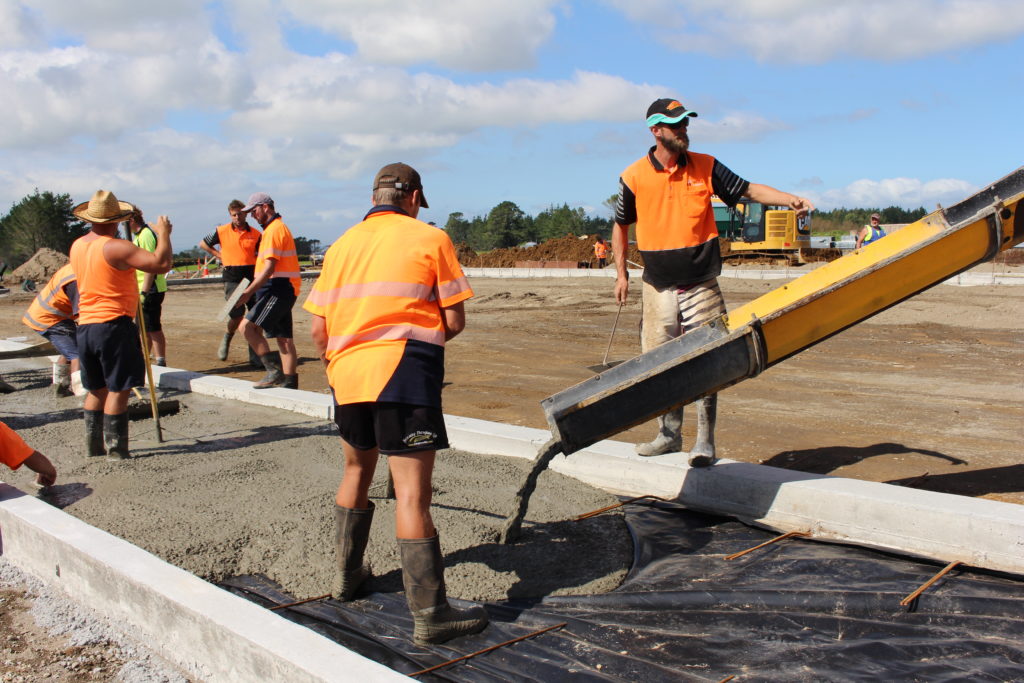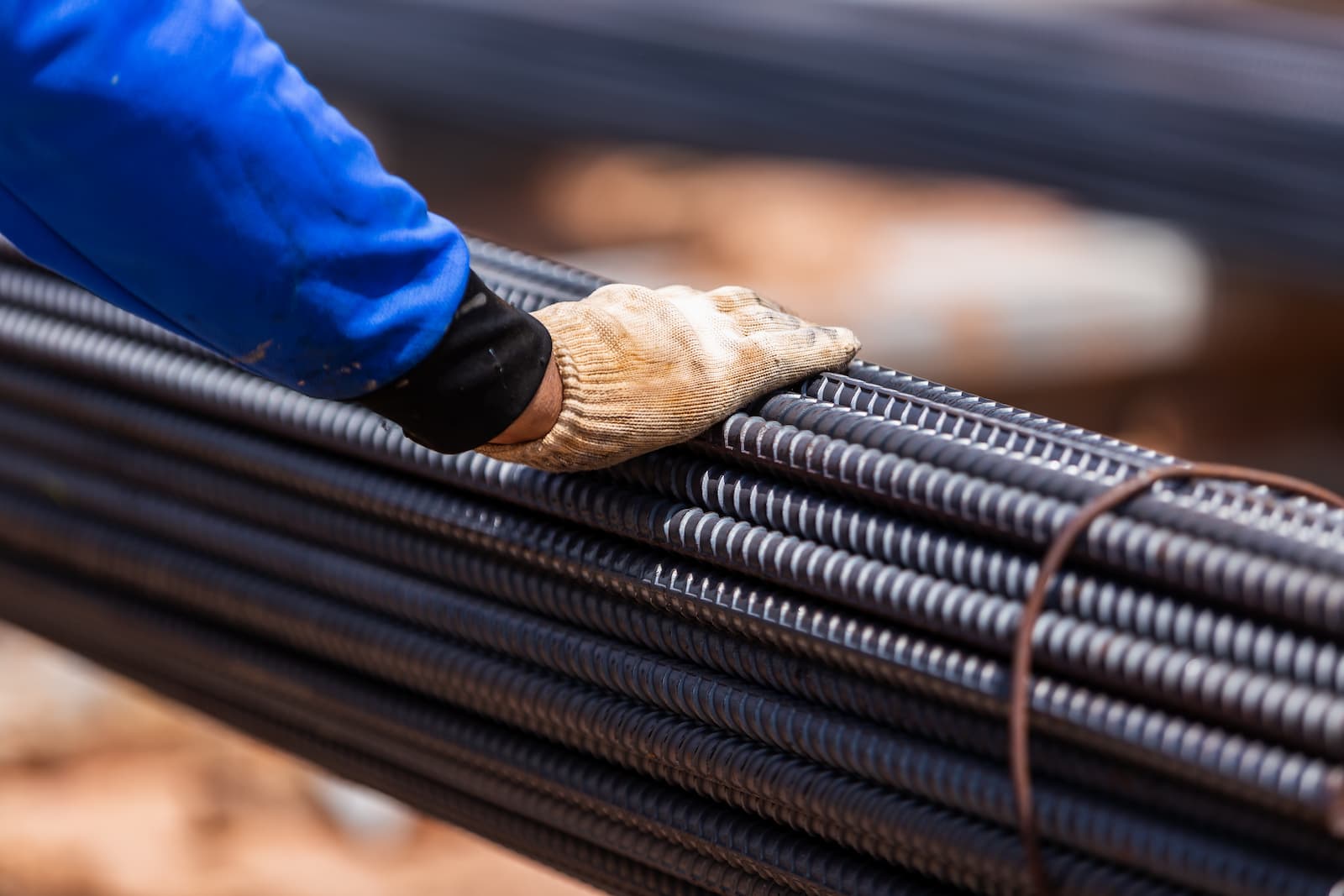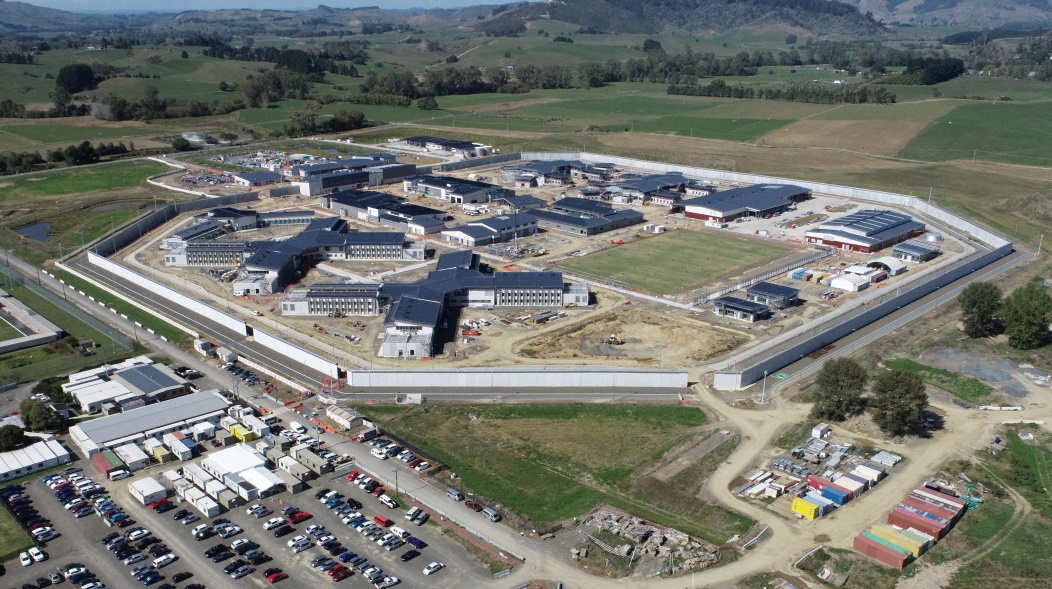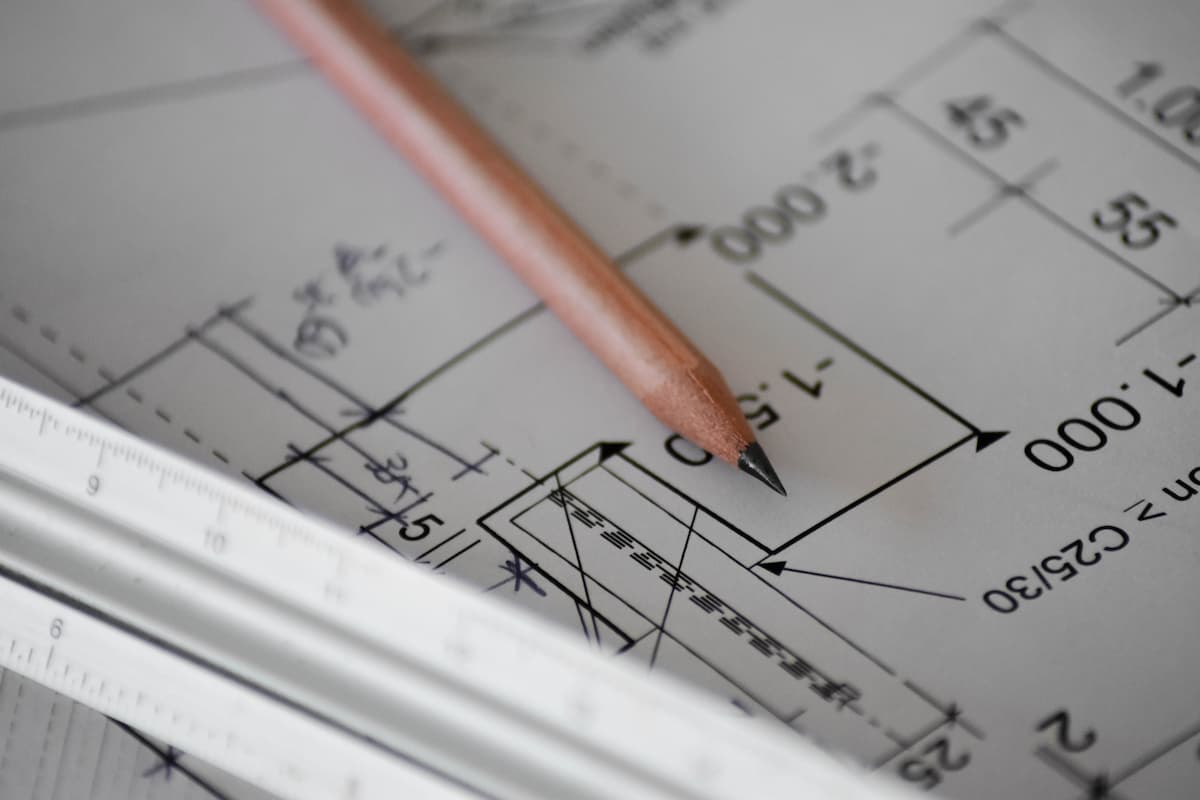The concept of Fibre reinforced concrete (FRC) has been around for many years (longer than steel reinforcing I might add) but many people in the construction and building industries still don’t understand much about it. Why? That is a separate discussion on it own, but here are 6 basic questions we often get asked.
1 – What is FRC?
FRC is the acronym for Fibre Reinforced Concrete. Fibre reinforced concrete is concrete cement reinforced with discreet short fibres. The concrete as such is referred to as a composite material. Some fibres can directly replace steel mesh as a secondary reinforcement while other fibres are designed to impact the properties of the concrete in order to, among other things increase impact resistance and control plastic and dying shrinkage.
2 – So, how do the fibres work?
Fibres are added to the concrete cement mix and are dispersed right through out the concrete matrix binding to the concrete with mechanical anchorage induced by complex fibre geometry or by deformations on the fibre surface. These fibre offer reinforcement from the top of the slab right though to the bottom enabling the concrete to absorb energy while transferring the stresses on the slab between the individual fibres and the matrix. See more here on the mechanical bond of fibres
3- Are there different fibres for different uses?
Yes there are 3 main types of fibres used in the NZ industry. Steel Fibres, Macro Synthetic and Micro Synthetic.
Steel and Macro synthetic fibres can be used as a replacement to steel mesh in slab on grade applications while Micro synthetic fibres are used for plastic cracking mitigation, increasing tensile strength and abrasion resistance among other things. It is important to look at each project and its unique situation when determining what type of fibre to use in your project. See the different fibres here
4- Why are fibres better than steel mesh?
First thing is: It is not always. Both steel mesh and fibres have their place – when and where is the key.
For a slab on grade application, fibre reinforcement is a clear winner over steel mesh. From a slab integrity perspective you achieve a stronger, more durable and longer lasting slab (see this blog) and from a construction perspective you can guarantee faster slab completion times, less labour and less material handling and mess on site. We have been achieving 15-20% reduction in costs because of this.
5- How does the fibre get added to the concrete?
Generally fibres get added to the concrete mix at the plant. Some fibres get thrown directly into the truck, packaging and all, while other fibres (normally steel) get put in via an elevator or conveyor.
6- In simple language, why are fibres the way to go?
- No transport, cutting, placing and fixing mesh
- Stronger, more durable slab
- No quality control issues around final mesh placement within the slab.
- Back in and discharge directly from the truck – no pump
- Clean, clear, safer site to work from
- Top to bottom slab reinforcement
So in a nut shell, using fibre you can:
- Guarantee faster install times
- Guaranteed less install times
- Guaranteed less material handling
- Guarantee a better quality slab
There are many more questions that get asked and we welcome you to discuss them with us! Reach out today at 0800 463 672 or email us at
Written by Finn McGaveston





